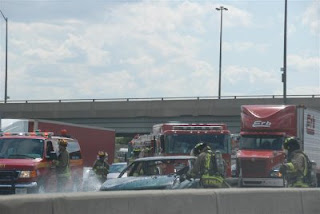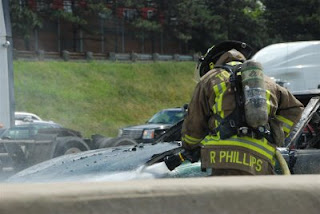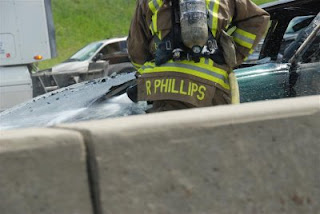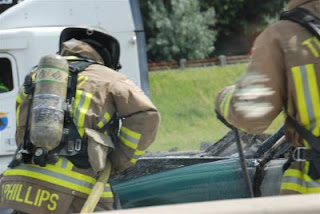On my hike yesterday, I came across a family of deers. There was no way I could shoot anything decent with my Tamron 17-50mm or my Nikkor 18-200mm. They were way too far away, probably 200m from where I was, in the meadows in a clearing at the bottom of a hill -- I was at the top. I had thought of bringing my Tokina 80-400mm lens along for this hike and lucky me, I got to use it once.
400mm, f/5.6, ISO 800, 1/400 secs:
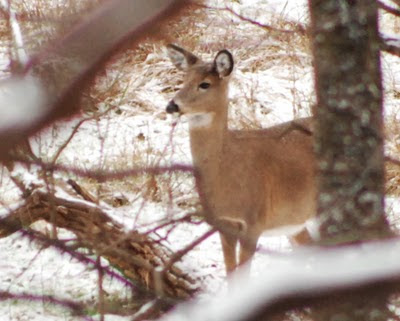
The photo above was shot with manual focus. The auto-focus had trouble finding the sweet spot, as shown in a 100% crop of an auto-focus shot below -- there were just too many things in front of this buck below:
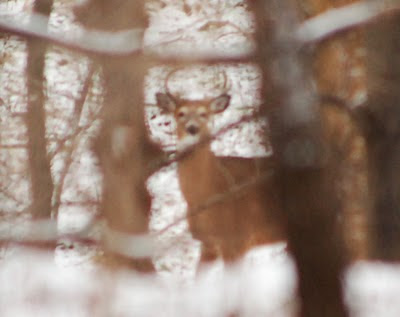
I had also thought of climbing down the hill to get closer and shoot with the Tamron 17-50mm to get a really sharp photo but as one can see, they were observing me as I was observing them ....






















